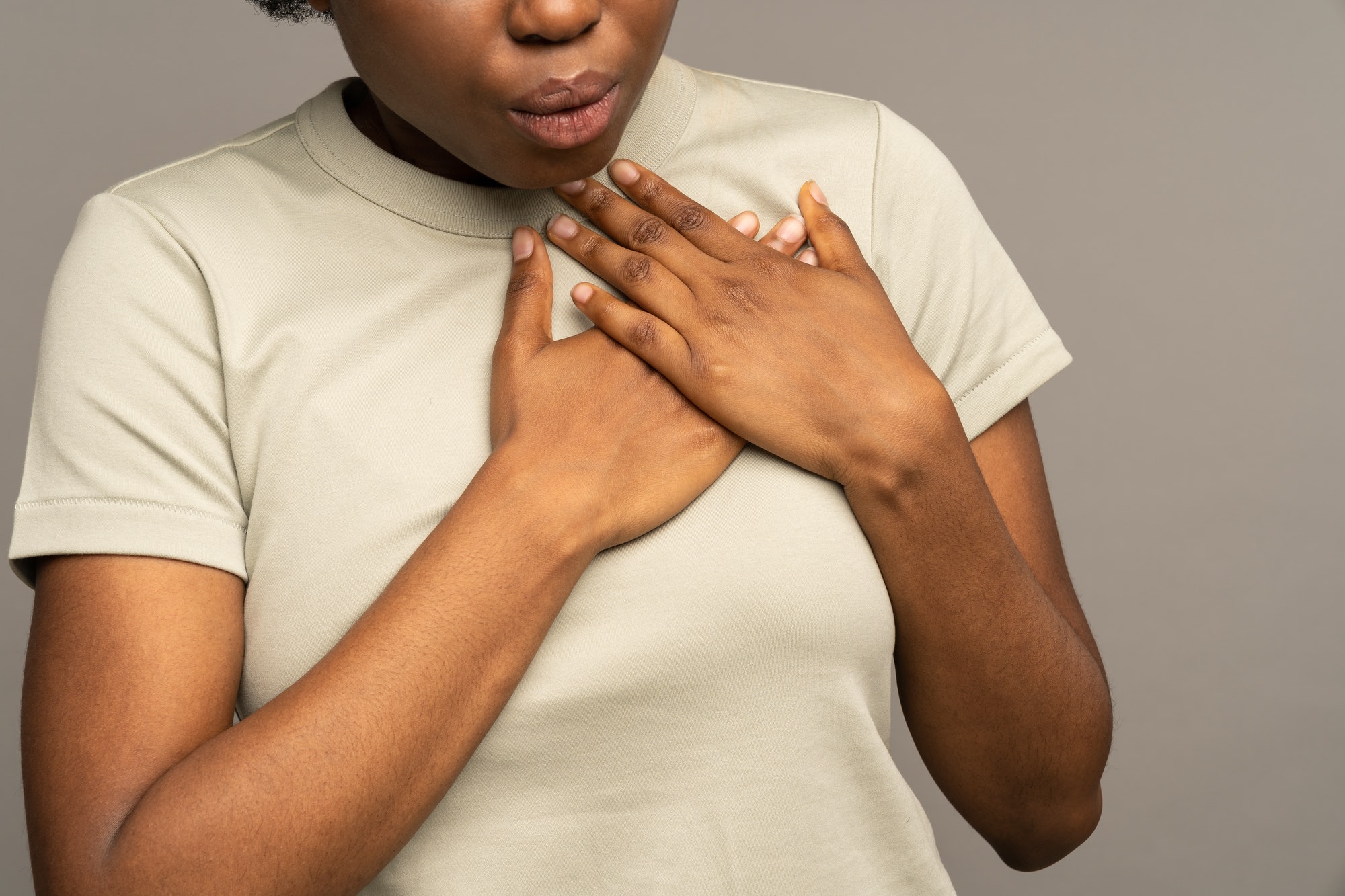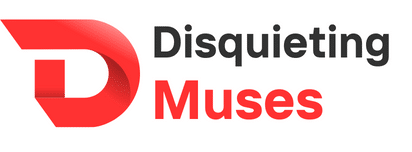What Are the Best Breathing Techniques for Free-Divers to Improve Lung Capacity?

For the uninitiated, freediving may seem like a mysterious and dangerous sport. It requires divers to hold their breath and dive deep into the ocean’s depths, relying solely on their bodies’ ability to adapt and perform under extreme conditions. Freediving is more than just a test of physical endurance; it’s also a test of one’s will. But, what truly sets freedivers apart is their profound understanding of the art of breathing. Through meticulous training and practice, they can increase their lung capacity, allowing them to stay underwater for extended periods. In this article, we will delve into the most effective breathing techniques that can help you improve your lung capacity and conquer the depths like a true freediver.
Understanding the Importance of Breathing Training in Freediving
Before we dive right into the techniques, it’s crucial to understand why breathing training is so important in freediving. The human body naturally has a limited capacity for holding air in the lungs. However, with regular training and practice, you can increase your lung capacity and improve your body’s oxygen utilization, thus enabling you to hold your breath for longer periods. Furthermore, effective breathing management helps decrease heart rate, which in turn reduces oxygen consumption, allowing you to stay underwater for an extended time.
In parallel : How Can Customized Audio Coaching Improve Performance in Long-Distance Runners?
The Art of Belly Breathing
The first step to improving lung capacity is mastering the art of belly breathing, also known as diaphragmatic breathing. This technique involves inhaling deeply into the lungs by fully engaging the diaphragm, rather than shallow breathing into the chest.
To practice this, begin by lying flat on your back and placing your hands on your abdomen. As you breathe in, push your belly out, expanding your diaphragm and filling your lungs with air. As you breathe out, your abdomen should naturally contract, expelling the air from your lungs. With regular practice, you’ll be able to increase your lung capacity, allowing more air to fill your lungs and providing more oxygen to your body during your dives.
Also to discover : What Techniques Can Enhance Fast-Twitch Muscle Response in Table Tennis Players?
The Breathe-up Technique and Relaxation
The breathe-up technique is a critical component of pre-dive preparation. It’s a relaxation technique that helps to slow your heart rate and prepare your body for the dive. By reducing your heart rate, you can decrease your body’s oxygen consumption, allowing you to hold your breath for longer periods.
To practice the breathe-up technique, sit or stand comfortably and close your eyes to help with relaxation. Begin by taking regular breaths, then gradually slow down your breathing rate. For example, you might start by breathing in for four seconds, holding your breath for four seconds, and then exhaling for four seconds. Gradually increase the time spent on each phase until you reach a comfortable rhythm.
Utilizing Breathing Tables
Breathing tables are a widely used tool in breath-hold training for freediving. They come in two types: CO2 tables and O2 tables. CO2 tables help you get comfortable with an increased amount of carbon dioxide in your body, which is what triggers the urge to breathe. On the other hand, O2 tables help your body adapt to lower levels of oxygen.
To utilize breathing tables, start with a comfortable breath-hold time, then gradually decrease your recovery time (for CO2 tables) or increase your breath-hold time (for O2 tables) in subsequent rounds.
Advanced Techniques: Pranayama and the Wim Hof Method
For those who have mastered the basic techniques and are looking for more advanced practices, there are breathing techniques from yoga and other disciplines that can further enhance lung capacity and breath-holding ability.
Pranayama, a yogic breathing practice, involves controlling and extending breaths to achieve a state of mental and physical balance. There are various types of Pranayama, but the simplest one involves inhaling, holding the breath, and exhaling for equal amounts of time.
The Wim Hof Method, named after the extreme athlete who invented it, combines deep and rapid breathing with breath-holding to increase oxygen levels in the body, improve lung capacity, and train the body to resist the urge to breathe.
Remember, diving is a sport that requires a significant amount of practice and training, and the same goes for these breathing techniques. It’s essential to approach them slowly and cautiously, always prioritizing safety over depth or time. After all, freediving isn’t just about the physical act of submersion but is also a holistic experience that involves the mind, body, and breath working in harmony.
Segmental Breathing: An Effective Approach to Improve Lung Capacity
To further enhance one’s lung capacity, freedivers can adopt an approach known as segmental breathing. This technique, as the name implies, involves focusing on different sections of the lungs during breathing exercises, thus ensuring all lung segments are utilized and trained for holding maximum air.
To begin segmental breathing, one should first understand the anatomical structure of the lungs. The lungs are divided into individual lobes, which are further split into segments. The upper lobes contain three segments, the middle lobes have two segments, and the lower lobes contain five segments.
To perform segmental breathing, start by assuming a comfortable position, preferably sitting or standing. Begin by focusing on the upper lung segments. As you inhale, imagine the air filling these segments and as you exhale, visualize the air being expelled from these areas. Repeat this several times, then proceed to the middle and lower lung segments. This practice not only increases your lung capacity but also fortifies your lungs, making them more efficient in oxygen distribution and carbon dioxide expulsion during your dives.
Apnea Walks: Uniting Breathing and Movement
Another beneficial technique that can be seamlessly integrated into your daily routine is apnea walks. It’s an exercise that combines breath-holds with physical exercise, specifically walking.
Here is how to do it: start by taking a deep, full breath, then hold your breath and walk as far as you can before you need to breathe again. The goal isn’t necessarily to push to your utmost limit but to get comfortable with the sensation of breath-holding while moving.
Apnea walks are an excellent way to get your body used to functioning with less oxygen. They can also be quite meditative, allowing you to focus on your breath (or lack thereof), your movements, and your environment, further enhancing the mental aspect of your freediving training.
It’s worth noting that apnea walks, like all breath-holding exercises, should be done with utmost caution. Never push yourself beyond your comfort zone, and always ensure you’re in a safe environment where you can sit or lie down if you start to feel lightheaded.
Conclusion: Towards Mastering the Art of Breathing in Freediving
The art of freediving is intricately tied to the art of breathing. Mastering various breathing techniques is not just about increasing lung capacity or reducing air consumption—it’s about fine-tuning your body’s ability to function under extreme conditions, expanding your mental and physical limits, and experiencing the profound connection between mind, body, and breath.
From belly breathing and breathe-up techniques to breathing tables, Pranayama, the Wim Hof Method, segmental breathing, and apnea walks, each method offers unique benefits that can improve your freediving skills and overall health.
However, remember that freediving breathing techniques should be approached with patience, dedication, and respect for one’s limits. Like scuba diving, apnea training should always prioritize safety and gradual progress over records and depth. After all, the goal of freediving isn’t just to plunge into the ocean’s depths but to embrace the journey, both within the water and within oneself. With diligent practice and mindful application of these techniques, you’ll be well on your way to becoming a proficient and safe freediver, capable of exploring the underwater world in a whole new way.
